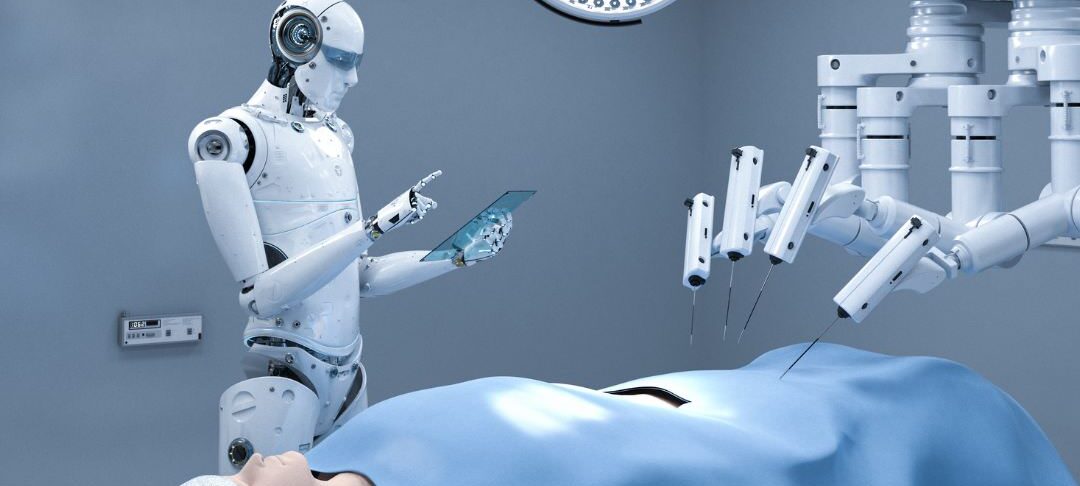Prostatectomy, the surgical removal of the prostate gland, is a common treatment for prostate cancer. Patients today can often choose between robot-assisted (robotic) prostatectomy and open prostatectomy. Understanding the differences in procedure, recovery, and outcomes can help patients make informed decisions.
Professor Prokar Dasgupta - an expert in robotic urology - offers insights into both approaches.
What is Open Prostatectomy?
Open prostatectomy is the traditional method of removing the prostate through a single large abdominal incision. The surgeon performs the operation using standard surgical instruments and direct vision.
Pros:
- Long history of use with well-documented outcomes
- Suitable for complex cases where robotic surgery may not be feasible
Cons:
- Larger incision and more visible scar
- Greater blood loss during surgery
- Longer hospital stay and recovery
- Increased postoperative pain compared to minimally invasive methods
What is Robotic Prostatectomy?
Robotic prostatectomy is performed using a surgical robot, most commonly the da Vinci system. The surgeon controls robotic arms from a console, which allows:
- Magnified 3D visualization of tissues
- Tremor-free precise movements
- Access to narrow areas in the pelvis
The goal is precise cancer removal while sparing nerves that control urinary and sexual function.
Learn more about robotic prostatectomy.
Key Differences in Recovery
| Aspect | Open Prostatectomy | Robotic Prostatectomy |
|---|---|---|
| Incision | Large abdominal cut | Several small keyhole incisions |
| Blood Loss | Higher | Lower |
| Hospital Stay | 3–5 days | Often 1–2 days |
| Pain | Moderate to severe | Generally less |
| Return to Daily Activities | 4–6 weeks | 2–3 weeks |
| Catheter Duration | 1–2 weeks | Usually ~1 week |
Robotic surgery generally allows faster recovery, less pain, and shorter hospitalization due to its minimally invasive nature.
Outcomes: Cancer Control
Both robotic and open prostatectomy aim for complete cancer removal. Studies show that when performed by experienced surgeons, cancer control rates are comparable.
Key factors affecting outcomes:
- Cancer stage and aggressiveness
- Surgeon experience and volume
- Use of nerve-sparing techniques (e.g., SAFE technique in robotic surgery)
Read about the SAFE nerve-sparing technique.
Outcomes: Urinary Continence and Sexual Function
Urinary Continence:
Robotic prostatectomy, with its enhanced precision, often leads to faster recovery of urinary control compared to open surgery.
Sexual Function:
Nerve-sparing robotic techniques aim to preserve erectile function. Recovery may take months to a year, depending on patient factors and whether nerves could be safely preserved.
Open surgery may also preserve function, but the larger incision and more extensive tissue handling can slow recovery.
Risks and Complications
Both approaches carry risks, including:
- Bleeding or infection
- Urinary incontinence
- Erectile dysfunction
- Damage to surrounding structures (bladder, rectum, urethra)
Robotic surgery typically reduces blood loss and tissue trauma, which may lower certain complication rates.
Choosing the Right Approach
The decision between robotic and open prostatectomy depends on:
- Patient health and anatomy
- Tumor size and location
- Surgeon experience and preference
- Access to robotic technology
At Prokar.co.uk, Professor Dasgupta evaluates each patient individually, recommending the approach that balances oncological safety with optimal functional outcomes.
Conclusion
Both robotic and open prostatectomy are effective for treating prostate cancer. However, robotic surgery offers advantages in minimally invasive precision, faster recovery, and nerve-sparing outcomes, especially when performed by an experienced surgeon.
For more information about robotic prostatectomy and recovery, visit the Prokar.co.uk Robotic Prostatectomy page.

